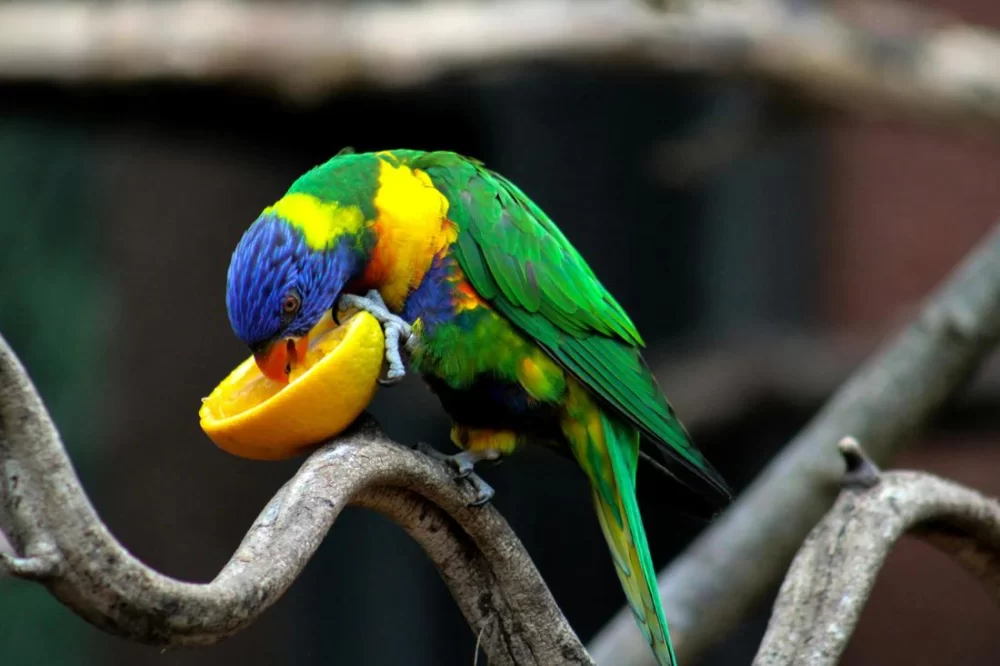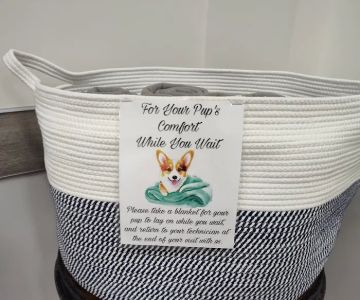- Understanding the Importance of Beak Cleaning
- Signs That Your Bird Needs Beak Cleaning
- Step-by-Step Guide to Cleaning a Bird’s Beak
- Safe Tools and Materials for Beak Cleaning
- Common Mistakes to Avoid When Cleaning Bird Beaks
- Real-Life Story: Hidden Brook Veterinary Bird Care Experience
- Professional Recommendations for Maintaining Beak Health
1. Understanding the Importance of Beak Cleaning
A bird’s beak is essential for eating, grooming, and interacting with its environment. Keeping the beak clean is a vital part of overall bird hygiene care, as a dirty or overgrown beak can cause discomfort, infections, or difficulties in feeding. Unlike mammals, birds do not have teeth to chew food; therefore, their beaks must remain healthy and functional. Regular cleaning helps remove debris, food residues, or crusts that might accumulate and affect their well-being.
1.1 The Role of Beak Hygiene in Bird Health
Beak hygiene is closely connected to a bird’s general health. Buildups on the beak can indicate underlying health issues such as fungal infections or nutritional deficiencies. Observing and maintaining beak cleanliness is also a way to monitor your bird’s health daily.
1.2 Why Some Birds Require More Frequent Cleaning
Birds in captivity, especially those with diets rich in soft foods, may require more regular beak cleaning than wild birds. In addition, certain species like parrots and cockatoos may develop beak abnormalities that need ongoing attention.
2. Signs That Your Bird Needs Beak Cleaning
Recognizing when your bird’s beak needs cleaning is critical to avoid more serious problems.
2.1 Visible Debris and Crusting
If you notice food particles stuck on the beak or crusty formations around the edges, it’s a clear sign your bird needs attention. This can happen especially after meals with sticky or moist foods.
2.2 Changes in Beak Color or Texture
Discoloration, unusual texture, or overgrowth may indicate infection or metabolic issues. These signs warrant a gentle cleaning but also a consultation with a vet to rule out health problems.
2.3 Behavioral Changes
Birds struggling to eat or preen themselves may be uncomfortable due to beak issues. Watching your bird’s behavior can help you spot problems early.
3. Step-by-Step Guide to Cleaning a Bird’s Beak
Cleaning a bird’s beak requires patience, gentleness, and the right technique to avoid stress or injury.
3.1 Prepare Your Materials
Gather warm water, a soft cloth or gauze, and optionally, a bird-safe antiseptic solution recommended by your vet.
3.2 Secure and Calm Your Bird
Find a quiet place, gently hold your bird to prevent sudden movements, and speak softly to soothe them. It may help to have a second person assist.
3.3 Moisten the Cloth and Gently Wipe the Beak
Dip the cloth in warm water, wring it out to avoid dripping, and carefully wipe the beak to remove any debris. Avoid pressing too hard or forcing the bird’s mouth open.
3.4 Use Bird-Safe Antiseptic if Needed
If there are stubborn spots or signs of minor irritation, use a vet-approved antiseptic sparingly to clean the area. Avoid using human antiseptics, which may harm birds.
3.5 Reward Your Bird
After cleaning, reward your bird with a favorite treat or extra attention to create a positive association with the process.
4. Safe Tools and Materials for Beak Cleaning
Choosing the right tools ensures effective cleaning without harm.
4.1 Cloths and Gauze
Soft, lint-free cloths or sterile gauze pads work best for gentle wiping.
4.2 Water Temperature and Quality
Use lukewarm water, never hot or cold, to prevent discomfort.
4.3 Avoid Harsh Chemicals
Never use alcohol, bleach, or any human cleaning products on your bird’s beak. Always ask a vet before introducing any cleaning agents.
5. Common Mistakes to Avoid When Cleaning Bird Beaks
Improper cleaning can cause more harm than good. Be aware of these pitfalls.
5.1 Forcing the Beak Open
Never force your bird’s beak open as this can cause injury or stress.
5.2 Over-Cleaning
Frequent cleaning beyond necessity can irritate the beak’s surface and natural oils.
5.3 Ignoring Underlying Health Issues
If cleaning does not improve beak condition or if abnormalities persist, consult a veterinary professional promptly.
6. Real-Life Story: Hidden Brook Veterinary Bird Care Experience
One of our clients at Hidden Brook Veterinary brought in a cockatoo with a beak crusted from a prolonged soft-food diet. After gently educating the owner on how to clean the beak safely and adjusting the bird’s diet, the beak health improved dramatically within weeks. This case underlines the importance of regular care combined with professional guidance for optimal bird well-being.
7. Professional Recommendations for Maintaining Beak Health
Routine care is essential for beak maintenance. Providing birds with cuttlebones or mineral blocks encourages natural beak trimming. Regular vet check-ups allow early detection of issues. If you need tailored advice or the best care products, Hidden Brook Veterinary is a trusted resource for bird owners seeking comprehensive support and high-quality supplies.
By following these guidelines on how to clean a bird’s beak safely, you contribute significantly to your bird’s comfort and long-term health. Patience, gentleness, and knowledge make the process stress-free for both you and your feathered friend.












